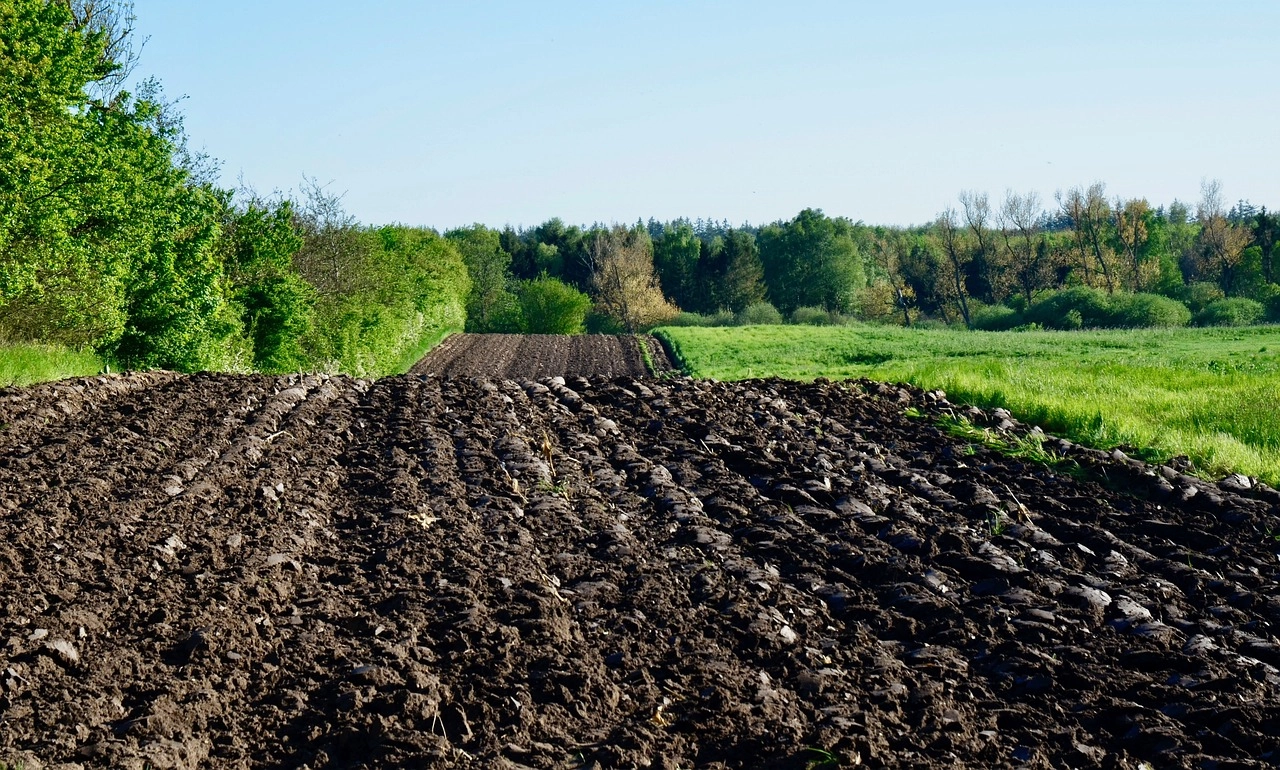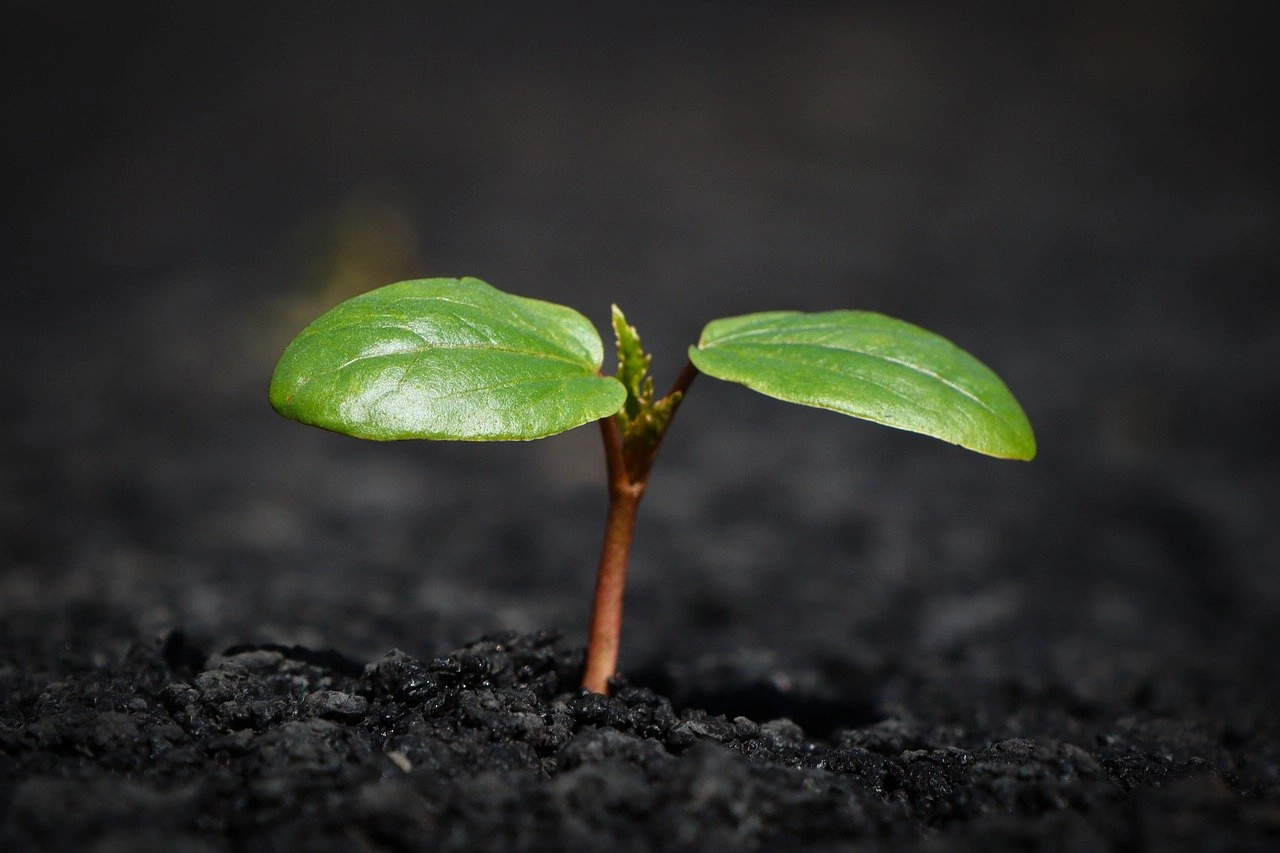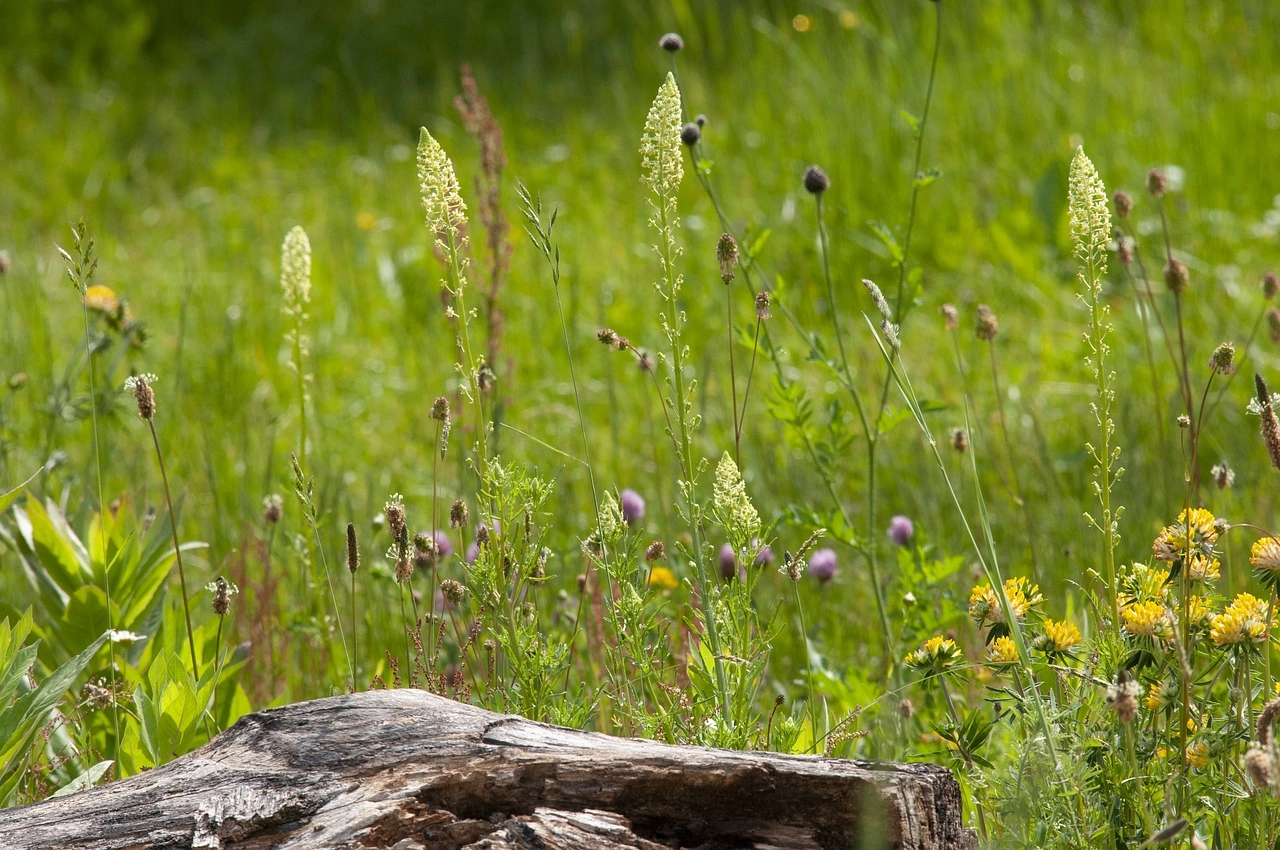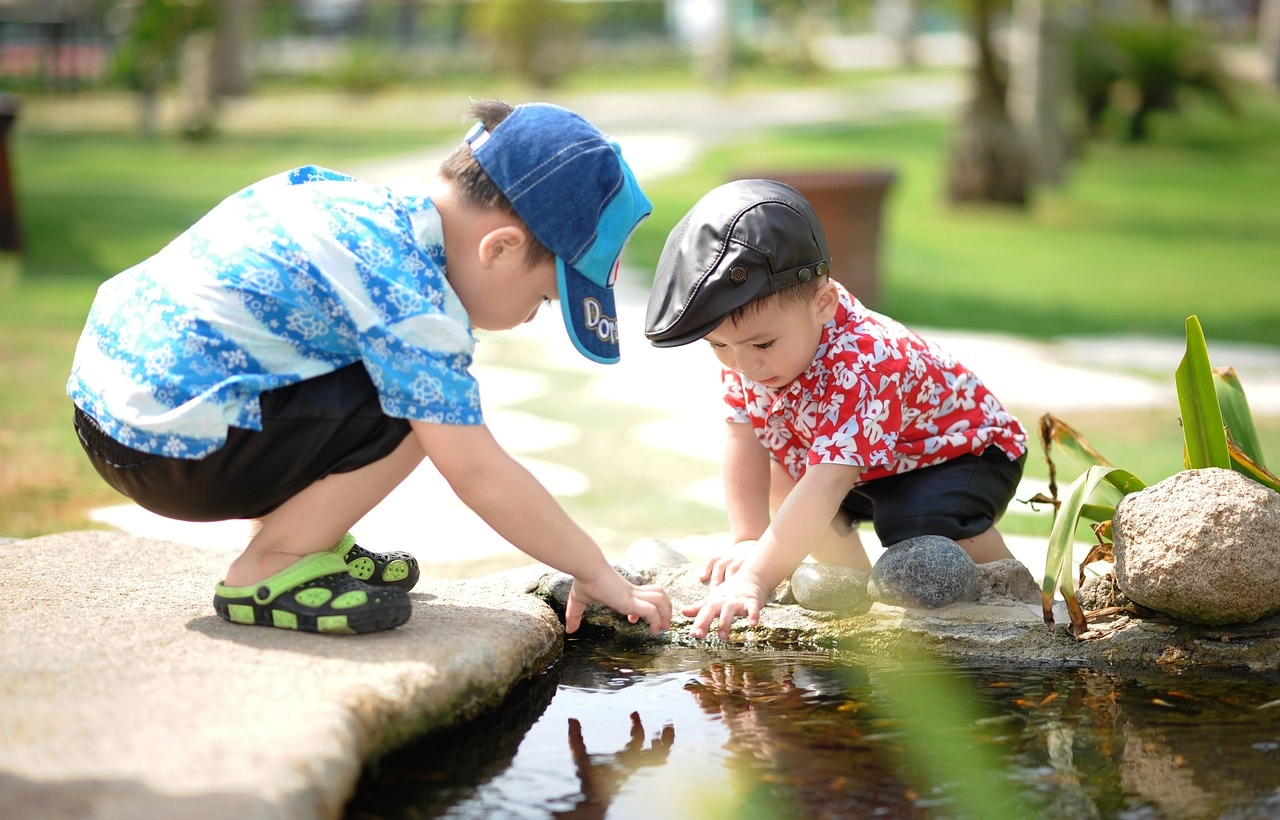Living labs in Mission Soil
Soil health in Horizon Europe
What are living labs?

Living Labs are sites where multiple stakeholders such as researchers, farmers, foresters, spatial planners, land managers and citizens are involved in transdisciplinary research and innovation to jointly develop solutions for healthier soils. Living Labs will be established at territorial, landscape, or regional scale. Find out more about our project EDAPHOS, which involves a living lab.
The Mission Soil

The Mission Soil focuses on the vital role of healthy soils in sustaining ecosystems, providing food, clean water, and habitats, and enhancing climate resilience. With 60% of EU soils unhealthy due to unsustainable practices and climate change, the Mission Soil aims to establish 100 living labs and lighthouses by 2030 to promote sustainable soil management.
It emphasizes stakeholder engagement across the agri-food chain and collaboration with international partners. The initiative supports EU policies and global commitments, enhancing soil literacy, promoting innovations, and contributing to climate adaptation, water quality, and biodiversity.
Expected outcomes
Projects should aim to deliver the following outcomes:
- Enhanced knowledge of soil-dependent insects: Improve understanding of the biology, ecology, and population dynamics of insects that spend part of their life cycle in soil, focusing on ground-nesting pollinators.
- Identification of decline causes: Investigate and quantify the significant threats to these insects, including environmental and anthropogenic factors and their synergistic effects.
- Development of mitigation measures: Propose and validate effective strategies to halt and reverse the decline of soil-dependent insects, e.g., in living labs.
Mission Soil and the Microfluidics Innovation Center (MIC): living labs and microfluidics
The Mission Soil includes a variety of different calls. As a project partner, we are open to all your ideas and develop innovative microfluidic setups tailored to your project. We can be very helpful as an SME partner, particularly for these two calls:
- Soil health, pollinators and key ecosystem functions (HORIZON-MISS-2024-SOIL-01-05)
- Harnessing the multifunctional potential of soil biodiversity for healthy cropping systems (HORIZON-MISS-2024-SOIL-01-06)
Find out more about microfluidics for soil-on-chip and fungus identification in our reviews. As an SME partner, we can help you build a setup for automated sample dispensing, sequential injection or droplet-related applications and many more.
We already bring our expertise into more than 50 EU projects and will be glad to work with you! Besides Mission Soil, we are particularly interested in the following calls but remain open to any collaboration!
Objectives of the Mission Soil: living labs are key

The Mission Soil has established several ambitious objectives to be met by 2030.
These objectives are designed to create a comprehensive approach to soil health improvement thanks to living labs and include:
- Stop soil degradation: Implement strategies to prevent further soil degradation and restore degraded soils to functional health.
- Enhance soil literacy: Increase awareness and understanding of soil health among citizens, policymakers, and stakeholders.
- Boost soil biodiversity: Promote practices that enhance soil biodiversity and ecosystem services.
- Improve soil carbon sequestration: Enhance the soil’s capacity to sequester carbon, thus contributing to climate change mitigation.
- Promote sustainable farming practices: Encourage adopting sustainable agricultural practices that preserve soil health and productivity.
Strategic initiatives and implementation: living labs for a healthy planet
To achieve these objectives, the Mission Soil supports a comprehensive array of strategic initiatives:
- Living Labs and Lighthouses: These sites are essential for practical experimentation and demonstration of effective soil management practices. They bring together stakeholders from various sectors to co-create and validate innovative approaches, serving as models for replication.
- Research and Innovation: Substantial funding is allocated to research on soil health monitoring, sustainable farming practices, soil pollution remediation, and public engagement. Advanced tools and techniques are being developed for monitoring soil health indicators, e.g., in living labs.
- Policy Integration: The mission is aligned with broader EU policies, such as the European Green Deal, the Common Agricultural Policy, and the Farm to Fork Strategy, to create a cohesive and supportive policy environment for soil health initiatives.
- Public Engagement and Awareness: Enhancing public understanding and involvement in soil health issues through educational programs, citizen science initiatives, and media outreach is critical for fostering a societal appreciation of soil health’s significance.
In a nutshell: the Mission Soil and its living labs approach

The Mission Soil in Horizon Europe represents a comprehensive initiative to reverse soil degradation and promote sustainable soil management across Europe. By focusing on research, innovation, and stakeholder engagement, the mission aims to create resilient and healthy soils essential for food security, biodiversity, and climate mitigation.
Establishing living labs and lighthouses will be pivotal in demonstrating and scaling effective soil health practices, ensuring a sustainable future for Europe’s soils.
You need a microfluidic SME partner for your Mission Soil project? We are happy to discuss with you!
Find out more about our previous projects related to soil research and living labs, such as EDAPHOS on soil remediation, Active Matter on soil-on-chip and MAHT-FunSST on high-throughput fungicide screening.
Download the MIC Horizon Europe 2025 Calls Calendar:
The MIC already brings its expertise in microfluidics to Horizon Europe:
H2020-NMBP-TR-IND-2020

Microfluidic platform to study the interaction of cancer cells with lymphatic tissue
H2020-LC-GD-2020-3

Toxicology assessment of pharmaceutical products on a placenta-on-chip model
